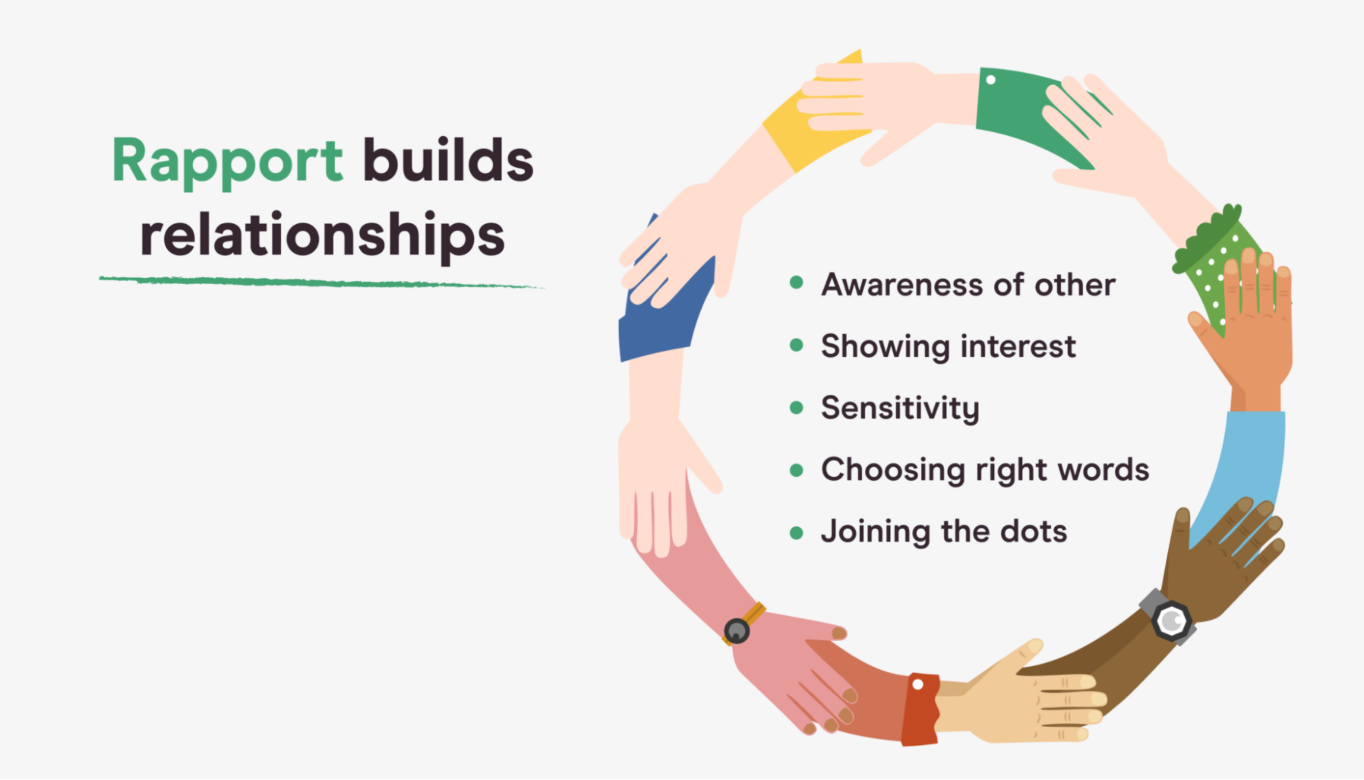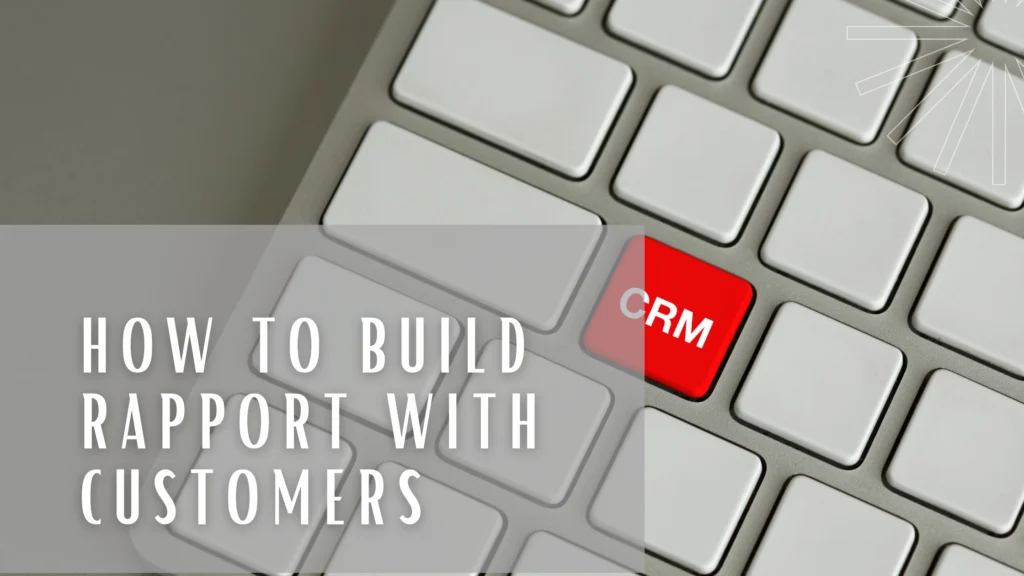How To Develop Rapport With Customers
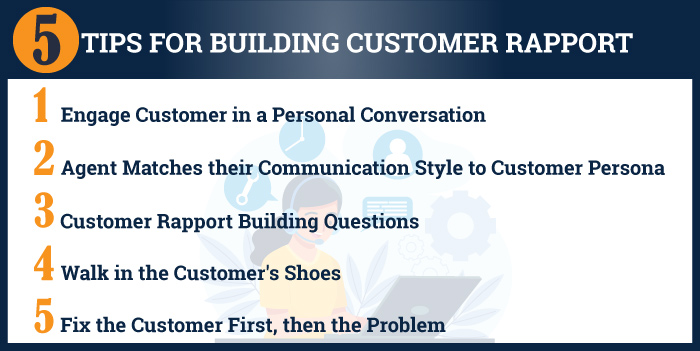
Imagine stepping into your favorite local coffee shop. The barista, remembering your usual order, greets you with a genuine smile and asks about your weekend. It’s more than just a transaction; it’s a connection. That feeling of being seen and understood is the essence of rapport, a vital ingredient in any successful customer interaction.
Developing rapport with customers is about building genuine connections that foster trust, loyalty, and ultimately, a more positive business outcome. In a world increasingly dominated by digital interactions, the human touch remains a powerful differentiator. Learning to cultivate this connection can transform fleeting transactions into lasting relationships.
The Power of Presence: Active Listening and Empathy
Active listening is paramount. Put away distractions and truly focus on what the customer is saying, both verbally and nonverbally. Pay attention to their tone, body language, and the emotions behind their words.
Empathy is the ability to understand and share the feelings of another. It’s about putting yourself in their shoes and acknowledging their perspective, even if you don't necessarily agree with it. Showing genuine empathy can defuse tense situations and build trust.
According to a 2023 report by Zendesk, 60% of customers feel that businesses should prioritize empathy when interacting with them. This highlights the growing importance of emotional intelligence in customer service.
Finding Common Ground: Personalization and Authenticity
Personalization goes beyond simply addressing a customer by their name. It's about tailoring the interaction to their individual needs and preferences. This could involve remembering past purchases, noting specific interests, or offering personalized recommendations.
Being authentic means being genuine and transparent in your interactions. Don’t try to be someone you’re not. Customers can often sense insincerity, which can damage trust.
Consider using CRM (Customer Relationship Management) systems to gather and organize customer information. This allows you to provide more personalized and relevant service.
Building Bridges: Effective Communication Techniques
Use clear, concise, and positive language. Avoid jargon or technical terms that the customer may not understand. Always be polite and respectful, even when dealing with difficult situations.
Asking open-ended questions encourages customers to elaborate and share more information. This can help you to better understand their needs and build a deeper connection.
Mirroring, subtly adopting the customer's communication style, can also help to build rapport. However, it’s important to do this naturally and avoid being overly imitative.
The Significance of Body Language
Nonverbal communication plays a crucial role in building rapport. Maintain eye contact, smile genuinely, and use open and welcoming body language.
Avoid crossing your arms, fidgeting, or looking distracted. These signals can indicate disinterest or impatience.
Maintaining a comfortable personal space is also important. Be mindful of cultural differences and individual preferences.
Beyond the Transaction: Following Up and Building Loyalty
Rapport-building doesn't end with the initial interaction. Following up with customers after a purchase or service experience shows that you care about their satisfaction.
Consider sending personalized thank-you notes or offering exclusive deals to loyal customers. This demonstrates that you value their business and appreciate their ongoing support.
Regularly solicit feedback from customers to identify areas for improvement and demonstrate your commitment to providing exceptional service.
"Customer feedback is a gift,"as many business leaders say.
Building rapport is an ongoing process that requires effort, patience, and a genuine desire to connect with others. It's about creating a positive and memorable experience for each customer, fostering trust, and turning them into loyal advocates for your brand.
In conclusion, developing rapport is more than just a business strategy; it’s about fostering human connection. It’s about seeing each customer as an individual and building relationships that extend beyond the transaction. By prioritizing empathy, authenticity, and effective communication, businesses can create a culture of connection that benefits both their customers and their bottom line.
![How To Develop Rapport With Customers What is Rapport Building [Examples + Ways to Build] | Ozonetel](https://ozonetel.com/wp-content/uploads/2023/11/good-rapport-consistently.jpg)
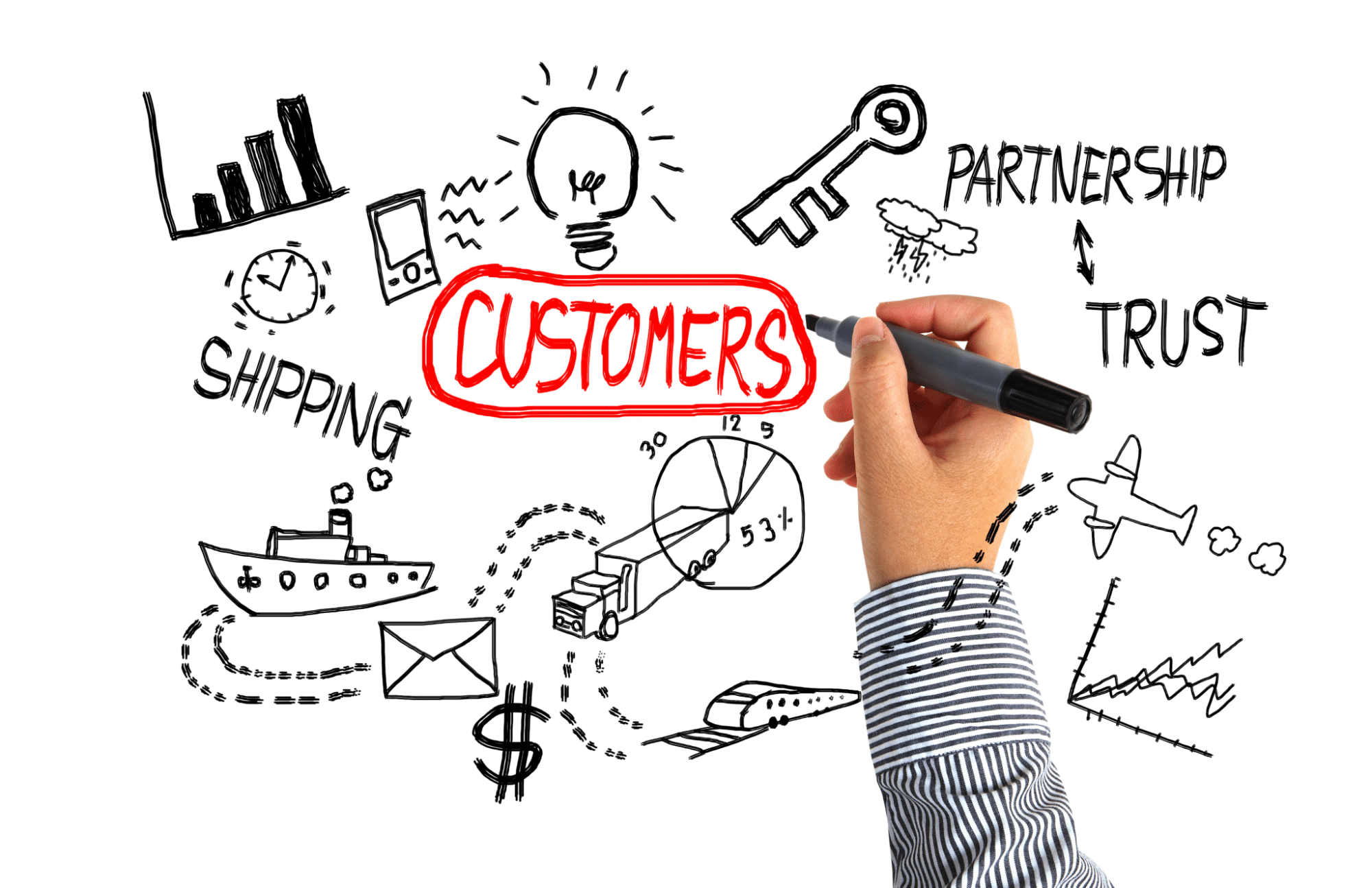

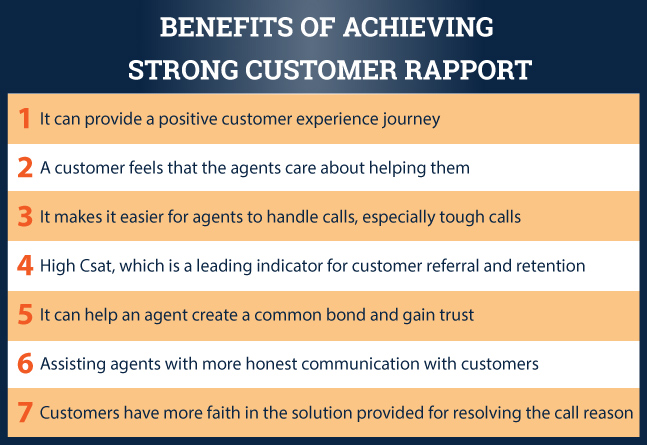
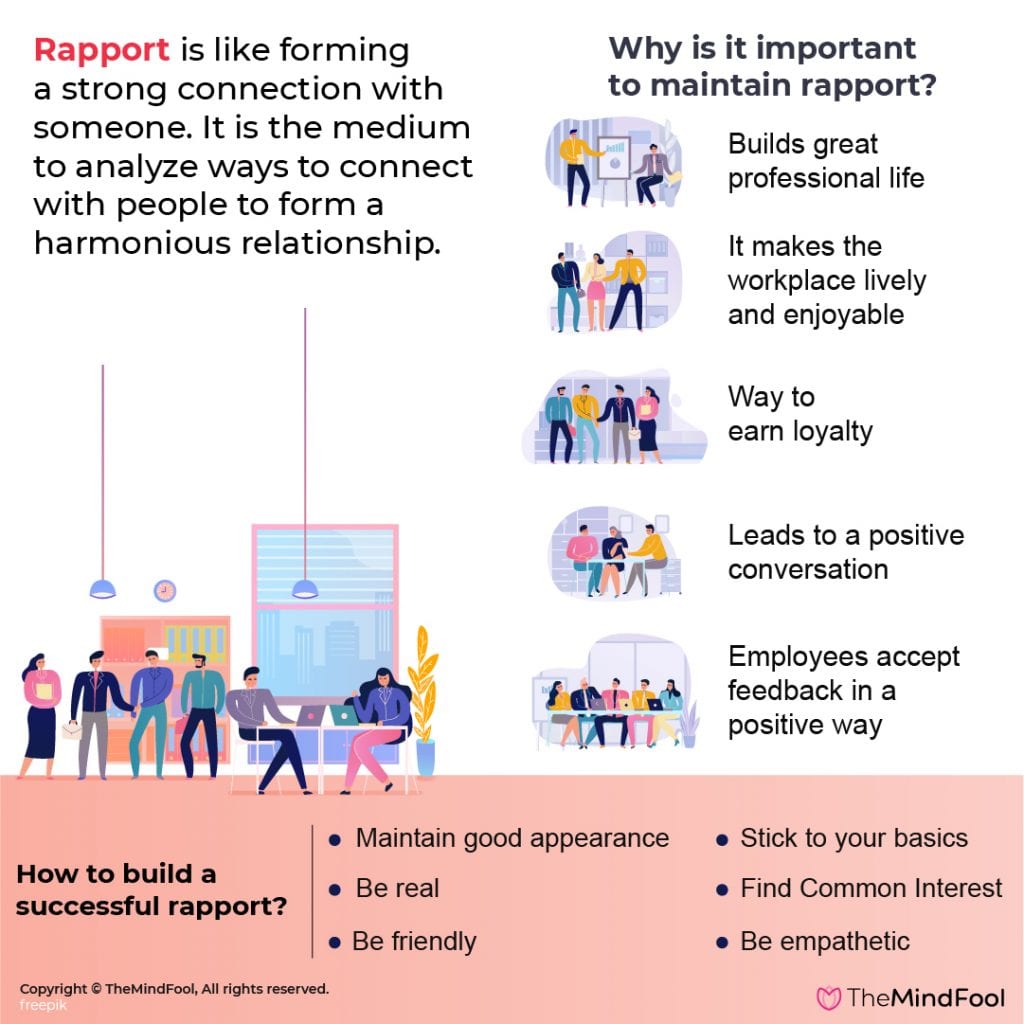
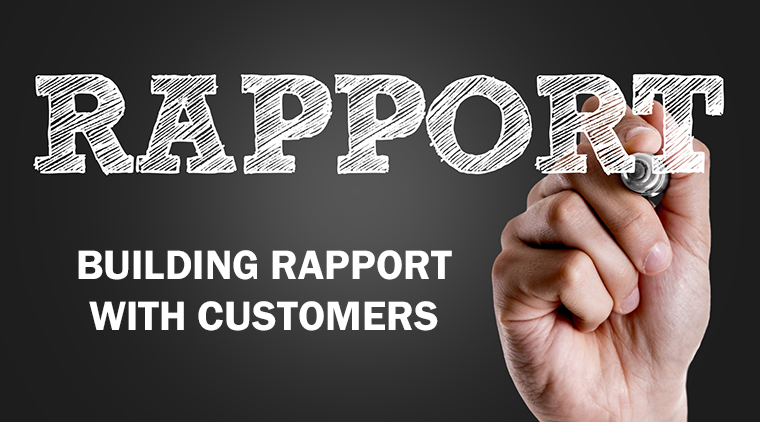



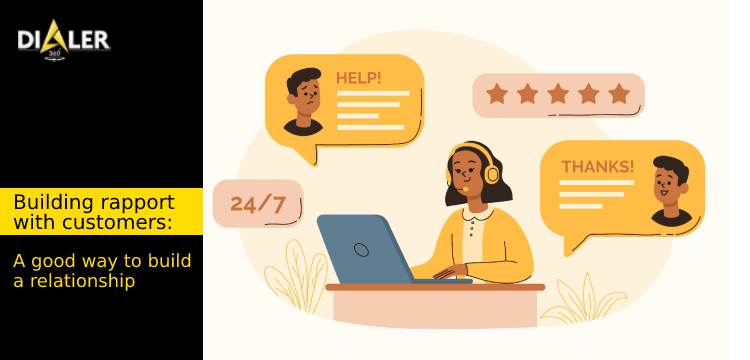
.jpg)

